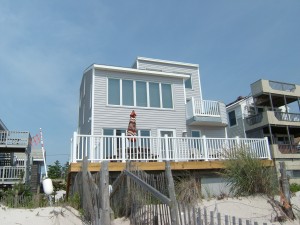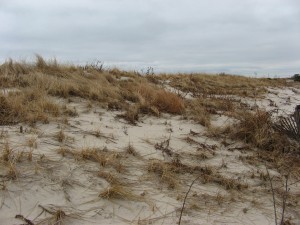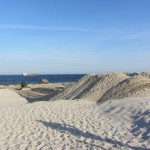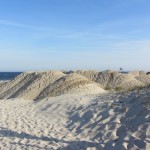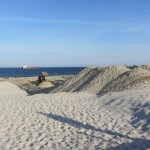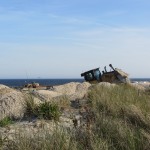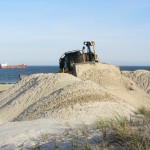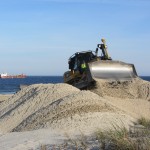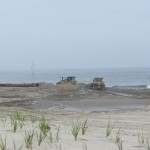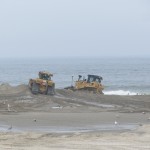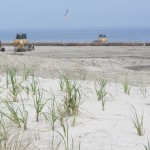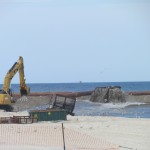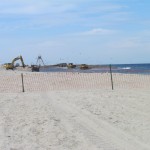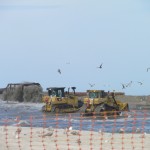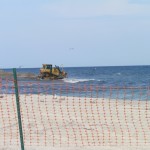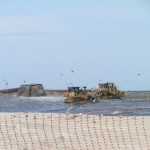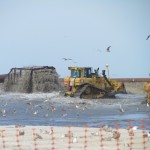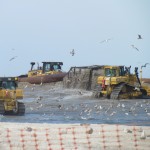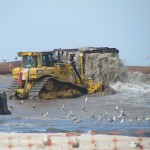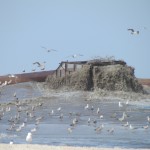Are you trying to do your part to protect our resources?
There is a variety of reasons to go green, but most come back to supply and demand. We have a limited amount of resources available and more and more people using them up. If we want our future generations to enjoy the same standard of living we’ve experienced, we need to take action.
If you plan to remodel your home, consider green alternatives.
By making your home more energy efficient, you can have a significant impact on your utility bills—which in turn affects air pollution and your environment.
For instance, adding more blown insulation (such as cellulose), ensuring a correctly sized and annually serviced HVAC system, and sealing doors, windows and leaks with weather-stripping and caulking, can all save as much as 15 percent on utility bills, according to many experts (when compared to similar homes).
Include an Energy Star refrigerator, programmable digital thermostat, CFL or LED lights (instead of incandescent bulbs) and double-paned insulated windows, and you should see 30 percent to 50 percent greater energy efficiency!
“Not only does this save on utility costs, but it also means less coal is extracted and burned to create your electricity, which results in better air quality and less greenhouse gas emissions. Nearly half of all U.S. electricity comes from power plants that burn coal, according to the U.S. Department of Energy.”
Green Remodeling that you can do Yourself
Save energy –plant trees
Better caulking practice
Low- or no-VOC paints
Energy efficient home heating
Window replacement
Adding insulation
Adding a storm door
Installing a water heater timer and turn it down to 120 degrees
Installing a programmable thermostat
Efficient lighting
Install ceiling fan to improve energy efficiency
Install a low-flow shower-head and Water Sense faucet aerators
Install dimmer switches
Replace outdoor lighting with solar powered lights
You may need a contractor for the following green remodeling options
Green flooring
Tank-less water heaters
Eco-friendly carpets
Air sealing the garage
Soy spray foam insulation
Adding natural light with new window and skylight projects
What are the Benefits of a Green Home?
Green homes can offer significant financial benefits such as:
Proper insulation and air sealing will keep your heating and cooling costs lower, while efficient windows, appliances, lighting, and other household equipment will lower your electricity bills.
Green homes are built with high-quality building materials so they are more durable and require fewer repairs.
As the market demand continues to rise for green homes, investing in a green home now can mean increased value in the future.
Green homes often include the following additional benefits:
Health benefits: Green homes use toxin-free building materials, utilize natural ventilation, and have fewer problems with mold and mildew, just to name a few. Sustainable design and technology enhance a resident’s overall quality of life by improving air and water quality and reducing noise pollution.
Environmentally friendly: Green homes use less energy than comparable standard homes. Often, green homes use alternative energy sources, reducing dependence on conventional energy sources. Implementing green practices into your home or office can help reduce waste, conserve natural resources, improve both air and water quality, and protect ecosystems and biodiversity.
Use fewer natural resources: Green building uses fewer natural resources, and many of the materials used have recycled contents, conserving resources.
Savings: Want to make your dollar go further? Green systems and materials reduce energy consumption, which in turn reduce your energy bills. They also increase asset value and profits and decrease marketing time; making your dollar go further for longer.
What Helps Make a Home Green?
Listed below are just a few examples:
- Alternative power systems such as solar and wind
- Unique energy efficient building methods
- Hot water heating devices such as solar and solar thermal
- Water recycling methods
- Building insulation from recycled content
- Paints and stains that are no-voc
- Green Building Certifications – such as individual state run programs and the national LEED (Leadership in Energy and Environmental Design) Green Building Rating System™
Residential Demand
As the green building movement gains momentum, so does the consumer demand for greener properties. Two-thirds of consumers are paying attention to green homes and buildings; they recognize the link between green properties, cost savings and healthy living.
Consumers also understand the long-term investment and savings associated with greener homes.
By implementing green features and appliances into your home, you can stand out in a competitive market.
References and Read More Information:
U.S. Green Building Council’s Green Home Guide
Realtor magazine: Is Your Listing Really “Green”?

